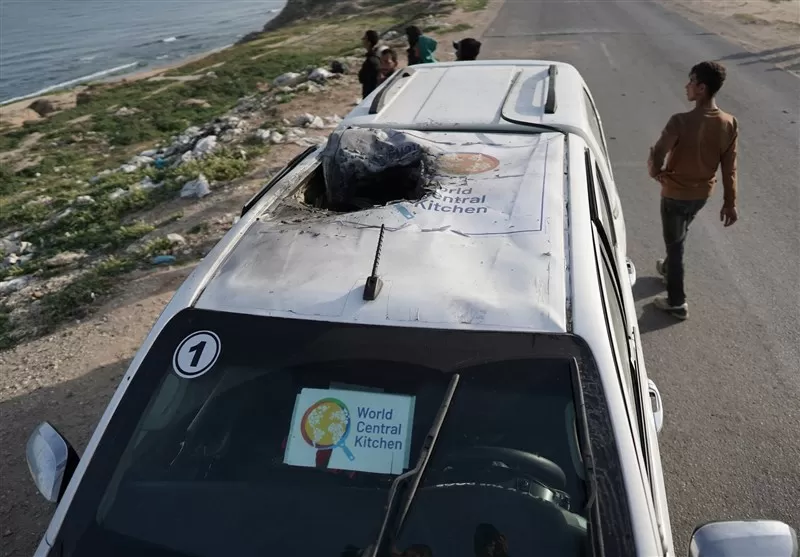Humanitarian aid operations have always been a vital part of providing assistance to those in need during times of crisis. However, experts are now warning that these operations may become increasingly difficult in the future due to the rise in the use of armed drones in conflict zones. A new report, titled “Hovering Threats: The Challenges of Armed Drones in Humanitarian Contexts” by Insecurity Insight, highlights the alarming trend of armed drones being used in areas where humanitarian aid is desperately needed.
Released on January 14, the report paints a grim picture of the current situation. It shows a dramatic increase in the use of armed drones in conflict zones, making it increasingly dangerous for humanitarian workers to carry out their operations. The report also highlights the challenges faced by aid organizations in responding to emergencies in areas where armed drones are present.
The use of armed drones in conflict zones has become a major concern for humanitarian organizations. These unmanned aerial vehicles are equipped with weapons and can be controlled remotely, making them a powerful tool in modern warfare. However, their use in densely populated areas has raised serious concerns about the safety of civilians and aid workers.
The report by Insecurity Insight reveals that there were 1,000 recorded incidents of armed drones being used in conflict zones in 2020, a 59% increase from the previous year. These incidents have resulted in the deaths of civilians and aid workers, as well as the destruction of critical infrastructure such as hospitals and schools. This has made it increasingly difficult for humanitarian organizations to provide aid to those in need.
The use of armed drones in conflict zones not only poses a threat to the safety of civilians and aid workers, but it also hinders the delivery of essential humanitarian assistance. In many cases, aid organizations are forced to suspend their operations due to the presence of armed drones, leaving vulnerable populations without access to life-saving aid.
The report also highlights the challenges faced by aid workers in identifying armed drones and distinguishing them from civilian drones. This makes it difficult for them to assess the level of risk and take necessary precautions to ensure their safety. As a result, humanitarian operations in conflict zones have become increasingly dangerous and, in some cases, impossible.
The rise in the use of armed drones in conflict zones is a cause for concern not only for humanitarian organizations but also for the international community. The indiscriminate use of these weapons in densely populated areas goes against international humanitarian law and puts innocent lives at risk. It is imperative that immediate action is taken to address this issue and protect the safety of civilians and aid workers.
In response to the report, Insecurity Insight has called for stricter regulations on the use of armed drones in conflict zones. They have also urged humanitarian organizations to develop protocols and guidelines for dealing with armed drones in their operations. Additionally, the report emphasizes the need for increased awareness and training for aid workers on how to identify and respond to the threat of armed drones.
Despite the challenges posed by armed drones, humanitarian organizations remain committed to providing aid to those in need. They continue to work tirelessly to deliver essential assistance to conflict-affected communities, often at great risk to their own safety. It is crucial that the international community supports these efforts and takes action to ensure the safety of aid workers and civilians in conflict zones.
In conclusion, the rise in the use of armed drones in conflict zones is a serious threat to humanitarian aid operations. The report by Insecurity Insight highlights the challenges faced by aid organizations in responding to emergencies in areas where armed drones are present. It is imperative that immediate action is taken to address this issue and protect the safety of civilians and aid workers. Let us work together to create a safer and more secure environment for humanitarian operations, so that aid can reach those who need it most.



